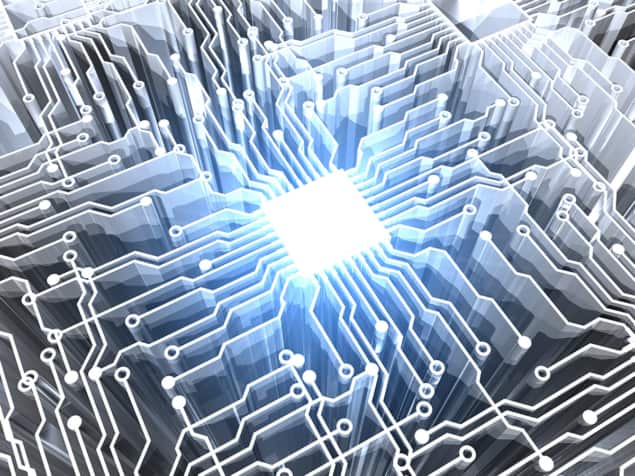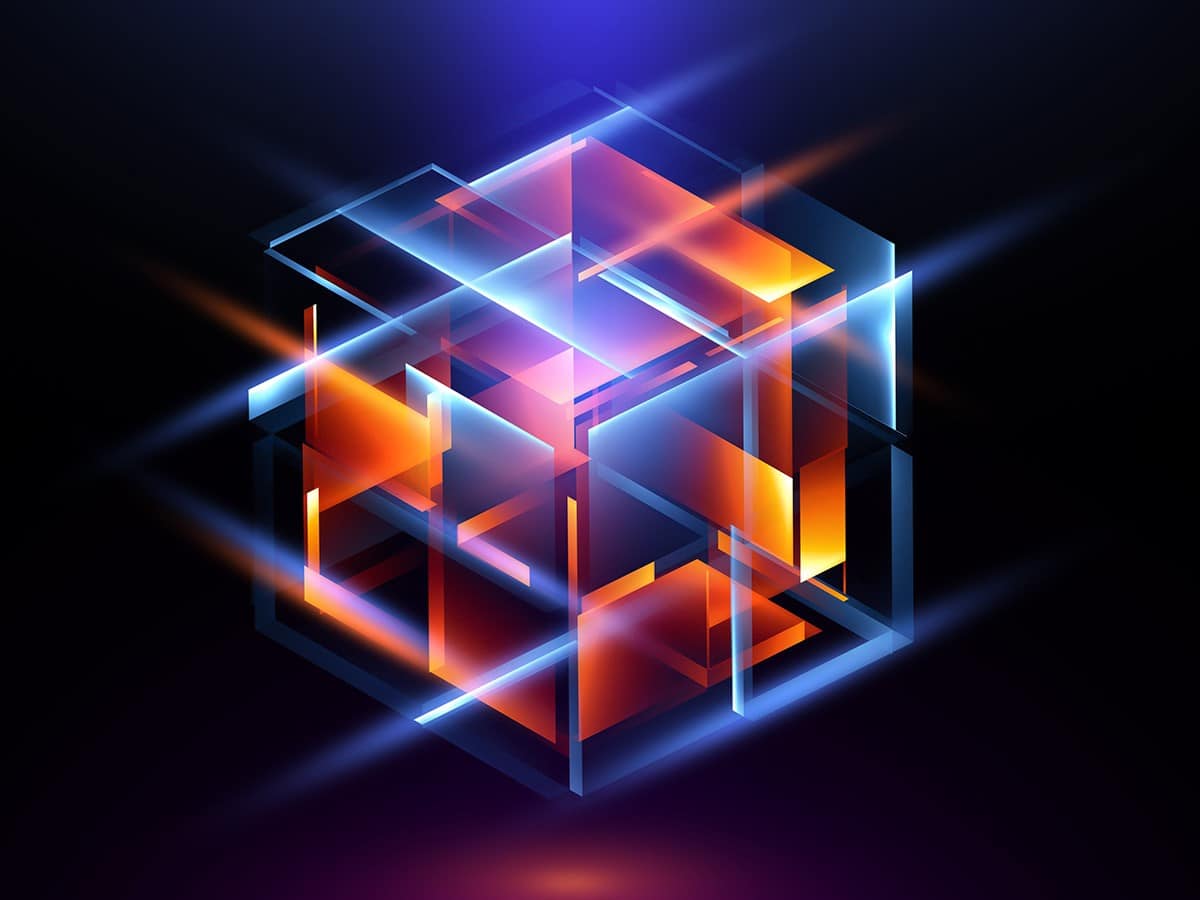
Such is their sensitivity to environmental noise, quantum computers might in future be shielded by thick layers of lead and even operated deep underground. So say physicists in the US, who have found that ionizing radiation significantly limits the coherence time of superconducting qubits. Indeed, they say that minimizing radiation effects will be crucial if general-purpose quantum computers are to be made using superconducting technology.
Quantum computers can perform certain calculations much more quickly than classical computers by storing and processing information using quantum bits (qubits). Superconducting circuits are among the leading types of qubit currently under development, generating superpositions of 0s and 1s from the ground and first excited states of an anharmonic oscillator formed from the combination of Josephson junctions and a capacitor. Although they need to be cooled down to very low temperatures, such qubits are solid state and therefore hold the promise of being relatively easy to manufacture and integrate.
Indeed, last year John Martinis and colleagues at Google used a processor comprising 53 superconducting qubits to execute a very specific algorithm more than a billion times faster than they say would be possible using one of the world’s leading conventional supercomputers – although this billion-fold advantage has since been disputed.
Minimum coherence time
Superconducting qubits can currently retain their delicate quantum states – their “coherence” – for more than 100 µs. While this much better than the nanoseconds of two decades ago, coherence times will need to increase by several orders of magnitude before the qubits can be used in general-purpose fault-tolerant computers. These devices would rely on error correction and can only work efficiently if the error rates on individual qubits and gates are already below a certain threshold – implying a minimum coherence time.
Coherence is impeded by a wide range of noise sources. On the timescale of tens or hundreds of microseconds, material defects, magnetic moments and trapped charges, among others, tend to cause the biggest headaches. However, pushing coherence times up to and beyond a millisecond will require overcoming the problem of ionizing radiation. Beta particles, gamma rays and cosmic rays create electron-hole pairs within devices, which lead to cascades of energy and the breakup of the Cooper pairs responsible for the frictionless current in a superconductor.
Earlier this year, physicists in Germany and Italy reported that environmental radioactivity can impair the performance of superconducting resonators. The group, headed by Laura Cardani of the National Institute of Nuclear Physics in Rome and Ioan Pop of the Karlsruhe Institute of Technology, showed that cosmic rays and radioactive impurities can significantly increase the density of broken Cooper pairs, known as quasiparticles, within devices above ground. Conversely, by using a radio-pure set-up within Italy’s Gran Sasso laboratory – located under 1400 m of rock – it was able to reduce the incidence of what are known as quasiparticle bursts by up to a factor of 50.
Ionizing effects
Now, William Oliver and colleagues at at the Massachusetts Institute of Technology (MIT) and the Pacific Northwest National Laboratory have taken this research a step forward by measuring and modelling the effect of ionizing radiation on superconducting qubits themselves. As they report in Nature, they did so using qubits made from aluminium mounted on a silicon substrate.
The team began by exposing two such qubits to a known source of ionizing radiation – a thin disc of copper-64 – and measured the rate at which qubits’ decohere repeatedly over the course of several days (the copper having a half-life of just over 12 h). The idea was to establish how readily quasiparticles are generated in the qubits for a given flux of radiation.
The researchers then combined this information with measurements of the radiation present in the MIT lab, both from cosmic rays and naturally occurring radioactive isotopes – in the latter case, mainly from the lab’s concrete walls. They calculate that the decohering effects of this radiation on the qubits would impose an upper limit to their coherence time of about 3-4 ms.
Lead bricks for shielding
To check this result with an independent experiment and establish how well such qubits might be shielded from ionizing radiation, the team surrounded seven such qubits (or rather the cryostat used to keep them cool) with 10 cm-thick lead bricks. This is the kind of shielding often used in neutrino and dark-matter experiments. By placing the shield on a scissor lift and periodically raising and lowering it, they were able to establish the effect of the external radiation thereby confirming the coherence limit of about 4 ms. They also found that the shield increased the coherence time by around 20%.

Quantum error correction achieved using oscillator grid states
Given the existence of stronger sources of decoherence, Oliver and colleagues say that this shielding only raised the qubits’ overall coherence time by about 0.2%. But they have no doubt that such noise-reduction measures will be needed if quantum computing is really to take off. “Reducing or mitigating the impact of ionizing radiation will be critical for realizing fault-tolerant superconducting quantum computers,” they write.
One option, at least in the medium-term, would be operate devices underground. Oliver says that this would be a “good direction to go for verification and research”. But he argues that for practical applications it would be better to design qubits that are less susceptible to quasiparticles. “That would allow us to keep superconducting quantum computers above ground,” he says.
